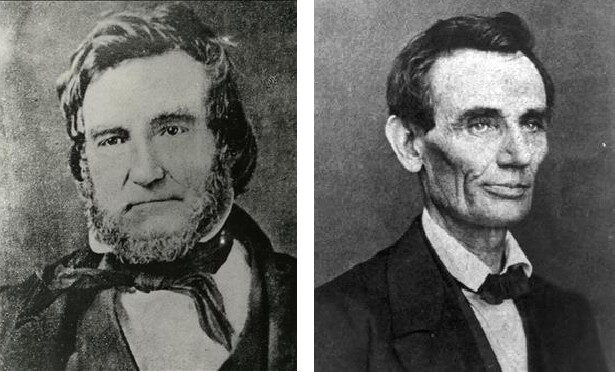
Multi-million dollar businesses entrusted to youth. Incredible! Yes, in the core of the 20th century, legions of children handled the daily delivery for the immense newspaper industry. In 1948 the national Newspaperboy Day saluted 500,000 youth. In 1965 the Seattle Times in a full-page spread congratulated their 3,500 paperboys. By 1980 Newspaperboy Day paid tribute to nearly one million young carriers across America.
This was the most common first job for children. Awkward, inexperienced and yet reliable, the preteens competed for the part-time opportunity. Seven days a week youngsters covered routes on foot, bicycle, unicycle, horseback and skis, through every season. The worse the weather the more people, tucked safely inside homes, expected their companion—the local paper.
Outdoors, covering several miles a day in sizzling heat, wind, rain, sleet, the carriers surpassed the postman; the paperboy delivered on Sunday. Folks wanted the Sunday funnies.
From Alaska to Florida, Maine to California and every center in between, kids kept neighbors well informed. The wide web of routes provided in-depth news for the community, more accurate than telephone party lines or backyard clothesline conversations. Paperboys were central in lacing the community together with routes that extended into apartments, residential homes, trailer homes, nursing homes, court houses, hospitals, hotels, houses of ill repute, bakeries, barber shops, military posts, police stations, pool halls, saloons, all on a set routine.
Rambunctious kids with remarkable fortitude hefted a full canvas bag, but their routines often detoured to adventures and misadventures. Their evocative stories arc from hilarious to horrific and poignant to repugnant. In Main Street School, the daily school of experiences, they developed common sense blended with a little nonsense. After all, they were children.
Interviewing hundreds of silver-haired former carriers, Sandra Walker compiled the oral histories for a book, Little Merchants, the Golden Era of Youth Delivering Newspapers. Because the project began in Seattle at the Museum of History & Industry, MOHAI, in the Nearby History program, many of the stories are centered in the Northwest sector. Details also came from New York, Alaska, Nebraska, Ohio, Missouri, Colorado and further. Focusing on the decades from 1920 into 1970, the national importance of newspaper carriers registers in the World War II era when they sold defense bond stamps. Paperboys sold almost two billion, yes billion, stamps at 10 cents a stamp to customers for purchasing defense bonds.
During the heightened polio epidemics, city carriers formed baseball teams to play benefit games, raising thousands for the March of Dimes. And in hospitals, paperboys served patients confined in polio wards. Jack Gahan handled papers in the Pierce County Hospital. He heard the hiss of iron lungs. Breathing body tanks lined polio wards, which Jack visited each day. Roger Leed delivered the Seattle PI to Harborview every morning, walking into the polio ward to regular customers that were glad to see him.
Being a newspaperboy lasted a short period in adolescence, but the impact often lasted a lifetime. Preteens gained critical skills from the early work experience. They didn’t wander down streets without direction or connection but worked with a purpose.
Reliable and accountable, the paperboy understood community service and functioned as a team member. With his sturdy canvas bag, he belonged on his neighborhood route and he belonged with the readily recognized newspaper company.
Carriers honed habits in an active, entry-level job, which created work readiness and the more a school boy worked, the more he accomplished later. Regardless of tough conditions and sagging constitutions, carriers persisted, profited and pushed forward to acclaimed achievements.
The paperboy is an American icon. And while the term papergirl never entered our lexicon, the gals were very responsible. Girls did not constitute a significant number until the 1970s, and even then boys still dominated the field, but sisters could outdo brothers with no complaint fines and better tips.
Paperboys and papergirls, who were productive, like the soil of the earth, can be proud of their contribution.

















